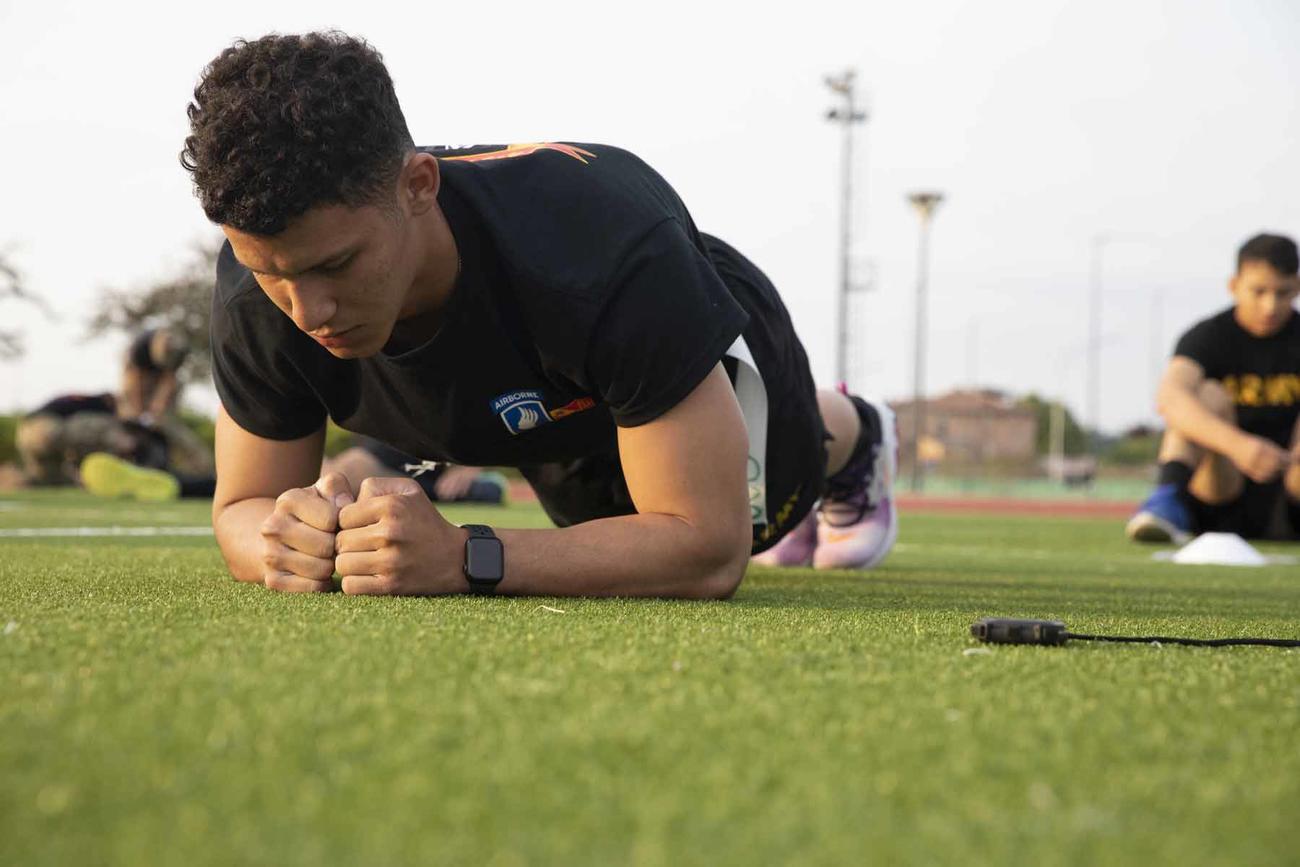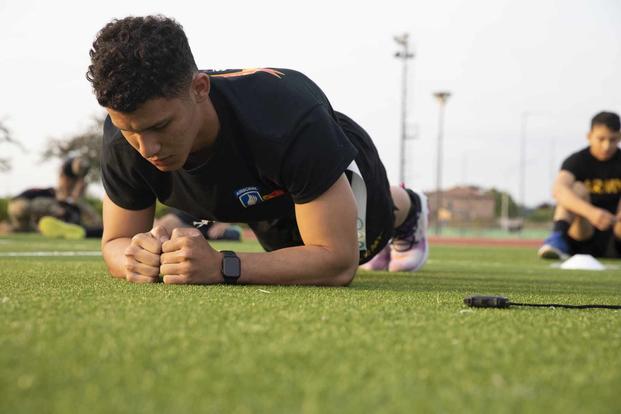

The Army might be on the cusp of yet another change to its new fitness test after lawmakers backed an effort to switch to job-specific standards.
Lawmakers on the House Armed Services Committee on Wednesday passed the proposal into the National Defense Authorization Act, or NDAA, which sets funding and policy priorities for the Pentagon.
That amendment, introduced by Rep. Michael Waltz, R-Fla., would direct the Army to establish fitness standards for troops in combat roles such as infantry and cavalry that would be higher than non-combat roles in the force. The proposal also directs the service to keep those standards gender neutral.
Read Next: Soldier ‘Sextortion’ Cases Surged During the Pandemic, Army Statistics Show
“Combat absolutely can be physical in urban environments, and trench warfare environments can be brutal, require hand-to-hand combat and require some physicality,” Waltz said. “The physical requirements for being in the infantry or the artillery or armor is different than being a cyber warrior, or supply sergeant or pilot. The requirements for the military should reflect that requirement.”
Adam Smith, D-Wash., who chairs the committee, argued against the amendment, saying that Army leaders should have direct control over standards for the force.
“This basically takes away that flexibility in any regard,” he said.
But many Democrats broke ranks, resulting in a 36-22 vote. Key veterans on the committee were split, with Rep. Ruben Gallego, D-Ariz., a Marine infantry veteran, voting against and Rep. Elaine Luria, D-Va., a retired naval surface warfare officer, voting in favor.
The Army Combat Fitness Test, or ACFT, has been in development for a decade and is set to become the Army’s test of record for active-duty soldiers in October, with the National Guard and Reserve following suit next April.
But the test has gone through several iterations during the Army’s beta test period, which began in 2019. Waltz’s amendment would effectively revert the test to its original purpose, grading soldiers based on their job. The ACFT’s predecessor, the Army Physical Fitness Test, graded troops based on age and gender, a criteria set that many argued was out-of-date once combat jobs opened up to women in 2015.
But grading soldiers based on their job was quickly dropped early in testing, largely because deciding who is considered to be serving in a combat role can quickly get confusing. Plenty of non-combat units have infantrymen and cavalry scouts assigned to them, while combat-arms units have support personnel.
“An infantry unit will have guys with a signal MOS [military occupational speciality] and a logistics MOS, they’re all in an infantry unit,” Michael McGurk, director of research and analysis at the Center for Initial Military Training, told Military.com in an interview in April.
McGurk, who helped develop the ACFT, said tracking soldiers in different roles while matching different standards based on where they are assigned can quickly get complicated.
“The question is, do they have to meet the infantry standard because they’re in an infantry unit or the standard of their MOS? What happens when a [communications] sergeant misses the infantry standard for push-ups by one? Does he get reassigned? What do we do? Does no one want to be in that unit? How is it fair for career progression for two different [soldiers] assigned the same jobs in the same battalion but different PT standards for promotions?” he added. “It just gets really complicated.”
Right now, the ACFT is graded by a soldier’s gender and age. That move was largely spurred after a large percentage of women in the force could not pass earlier versions of the ACFT, with most being unable to score highly on a test that can be crucial for promotions. Army leaders rebranded the test after that, calling it a “general” assessment of fitness levels, instead of a series of strict events set to prepare soldiers for combat.
The Senate passed a similar provision in its version of the NDAA last week, according to reporting from Military Times. Both chambers must pass their respective authorization bills before the two negotiate a compromise version, which will likely take the rest of the year to finalize.
— Steve Beynon can be reached at [email protected]. Follow him on Twitter @StevenBeynon.
Related: Passing the New ACFT Can Lift Flags from Failing the Army’s Old Fitness Test
© Copyright 2022 Military.com. All rights reserved. This material may not be published, broadcast, rewritten or redistributed.
